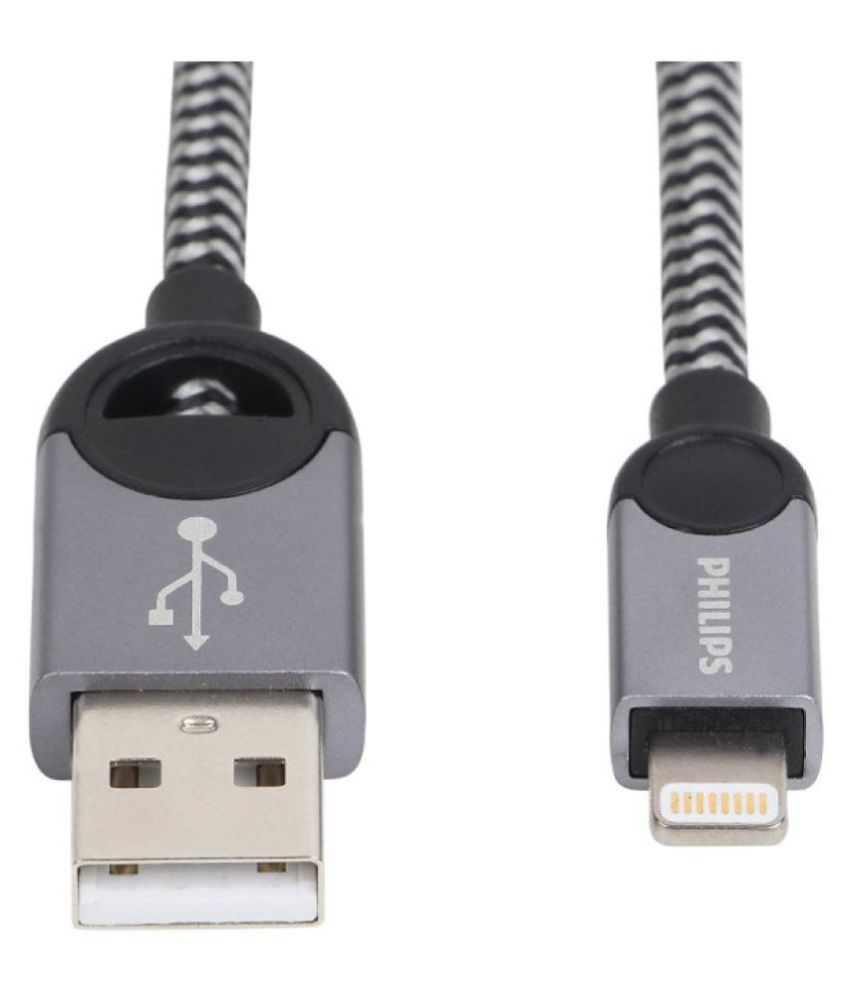

- #Lightning cable upgrade
- #Lightning cable full
- #Lightning cable android
- #Lightning cable pro
- #Lightning cable mac
So if you've got an Apple charger, now might be the right time to upgrade to a wireless one.
#Lightning cable android
But, Lightning cables are slower, and at the end of the day, we won't miss those days when we have 1% battery left on our phone and the only charger you can find is an Android USB-C. The latter needs larger ports and relies on friction, which slowly disappears with lots of wear, whereas Apple's Lightning cable snaps nicely into place thanks to the grooves in the cable tip. It could be argued that it's a better design than USB-C. To be honest, we won't be entirely sad to see the Lightning charger go.
#Lightning cable mac
According to Mac Rumours, the charger will be packed in with the new MacBook Air, and we can see how this now might cause trouble for Apple when distributing to the EU in the upcoming years. The adapters have the ability to charge two devices at once whether that's two iPhones or your iPad and your MacBook.
#Lightning cable pro
I think it would be unlikely to see a shift on the iPhone 7 and 7S, but swapping the iPhone 8 connector alongside an iPad Pro 3 could make for a nice bit of product synergy.The news came just as Apple has just announced its new 35W power adapter with dual USB-C ports (see above). USB C was the single connector chosen for all peripheral and charging activities on the newest MacBook, and as Apple is making the claim that our iPads can be productivity devices, a standard connector across all devices makes some sense. The connector is even able to pull double duty to support Thunderbolt connections. Apple has a lot invested in Lightning, but USB C is incredibly flexible. I don’t think it’s a certainty, but there is potential. Will we ever have a standard?Īnd by “standard” I mean “one cable to rule them all”. Phone and tablet fast charging features should be well supported. Power management shouldn’t be an issue moving forward though as the cable is specced to support charging laptops.
#Lightning cable full
USB C supports the full bandwidth of USB 3.1, taking us up to a 10Gbps data transfer rate, but phones like the OnePlus Two only support USB 2 data transfer speeds up to 480Mbps. $30 cable on the left, $12 cable on the right Lightning cables might have more issues with dirty exposed pins or damaged wiring, but it’s less likely that stresses on the cable will lead to a damaged phone port. I’ve never personally experienced a broken Micro USB port, but it is entirely possible, even with a thicker connector than Micro USB, that the internal tab could be damaged.

USB C’s design protects the pins and connectors on cables, but there might be some durability concerns over the tab inside a device. The difference between these two designs marks the difference in where we assume wear and damage might occur. The ports on iPads and iPhones are simpler receptacles. Lightning cables are tabs with exposed pins. Like Micro USB, USB C cables receive the pins from a tab built into the port in your phone. Design and durabilityīoth cables might be reversible, but the cable designs are opposites in how they connect to other computing devices. Soon it won’t matter which side of the cable you use or which orientation you insert the cable. This connector isn’t smaller than Micro USB, but it introduces one standard port for both phones and computers. Moving forward, new Android and Windows devices (like the OnePlus 2 and Lumia 950 respectively) will start using USB Type C.

While Micro USB has an asymmetrical shape which better communicates which side is “up”, phone manufacturers position that port in different orientations, and it still requires a little more attention to properly plug it in. I can’t say I’ve ever understood why full sized USB is a rectangle which could only be inserted in one direction. Which cable design offers the better feature set? Which connector has more longevity? Can we call something a “standard” when certain companies remain holdouts?Īpple deserves a lot of credit in being the first to transition to a smaller connector design, and being first to market with a reversible plug.

Now the rest of the smartphone industry is migrating to USB Type C. iOS users went through a connector transition several years ago, moving from the wide, flat, 30 pin dock connector to the smaller lightning connector. Sure we have wireless charging and cloud data back ups, but we still rely on cables for a lot of our power and data management.


 0 kommentar(er)
0 kommentar(er)
